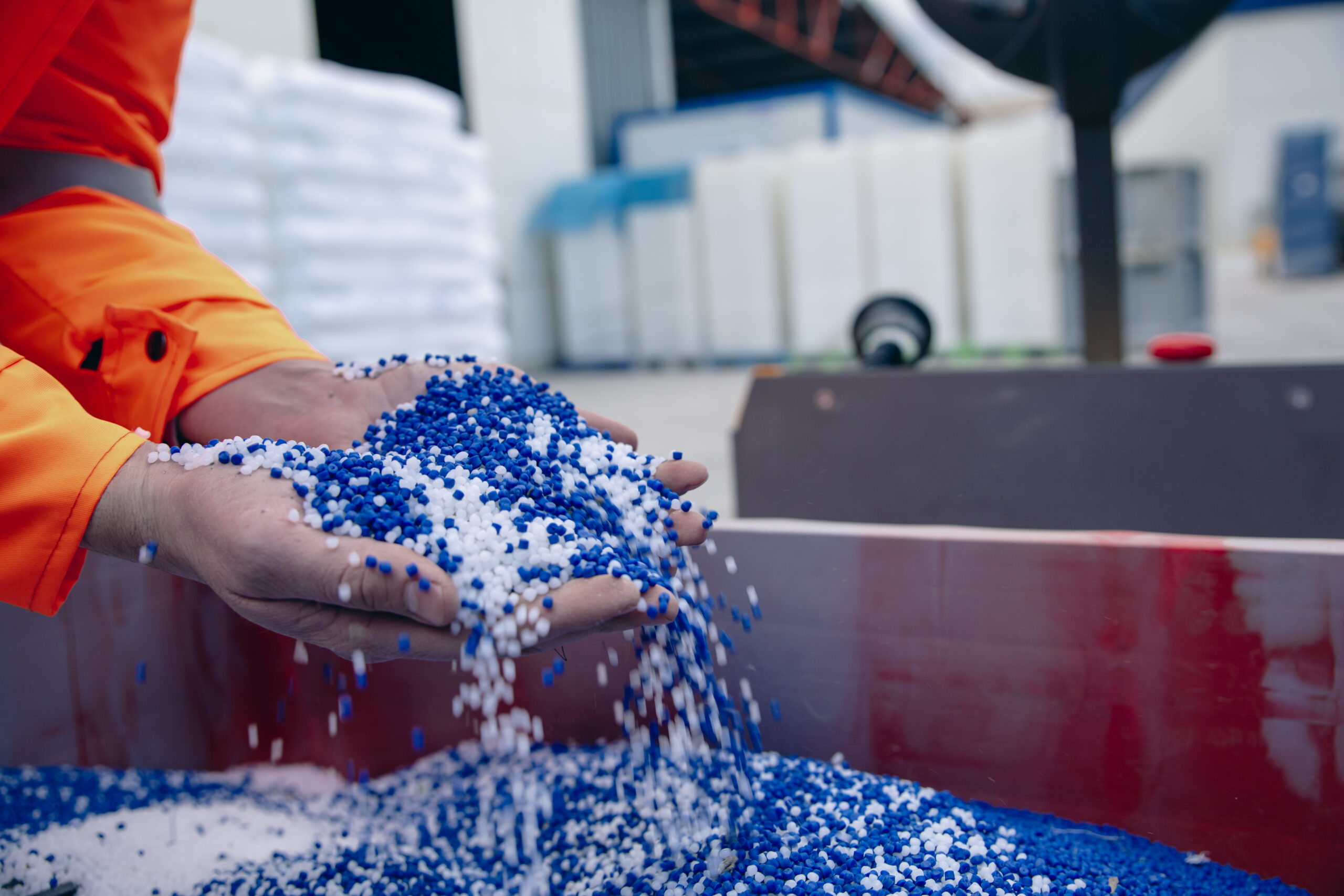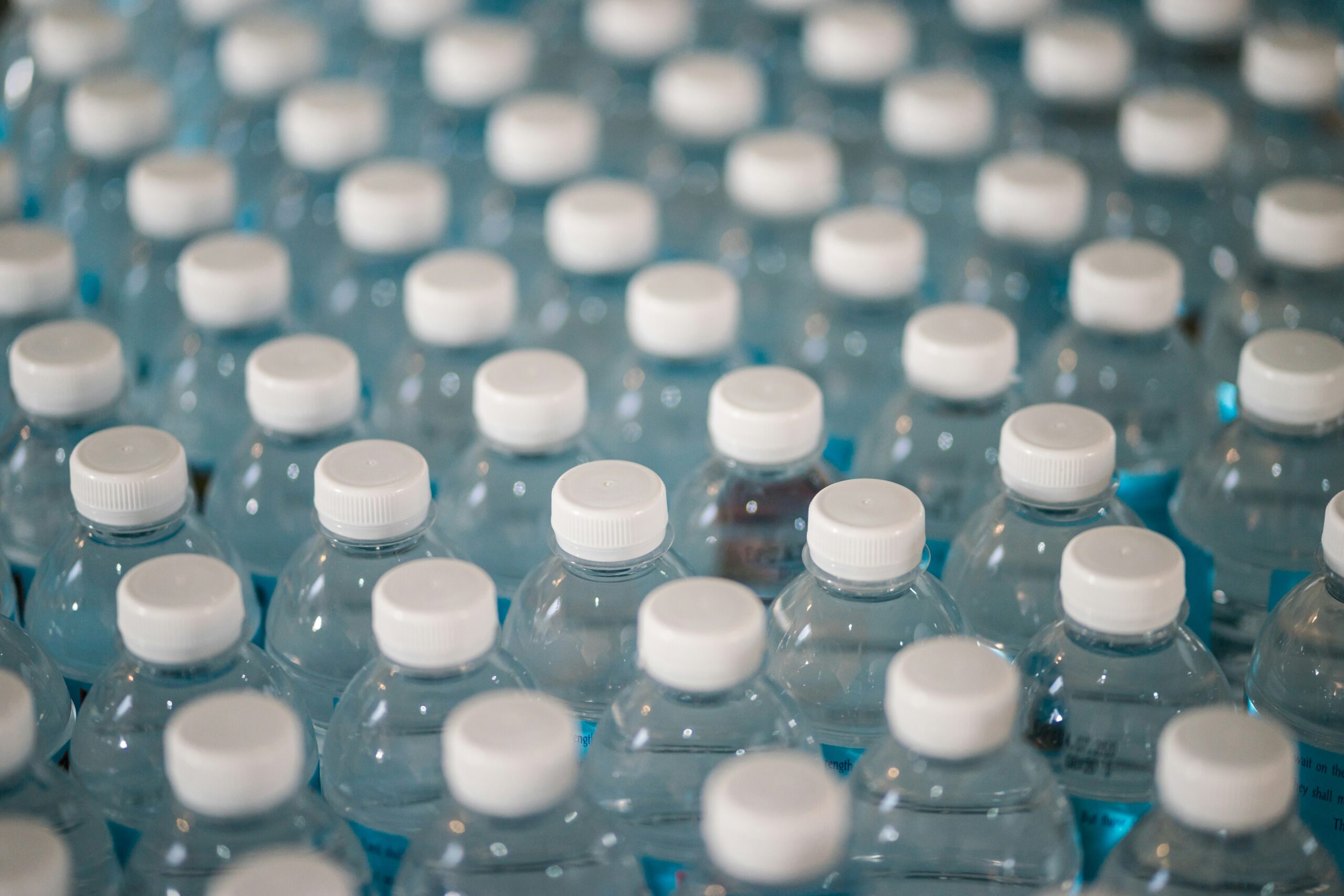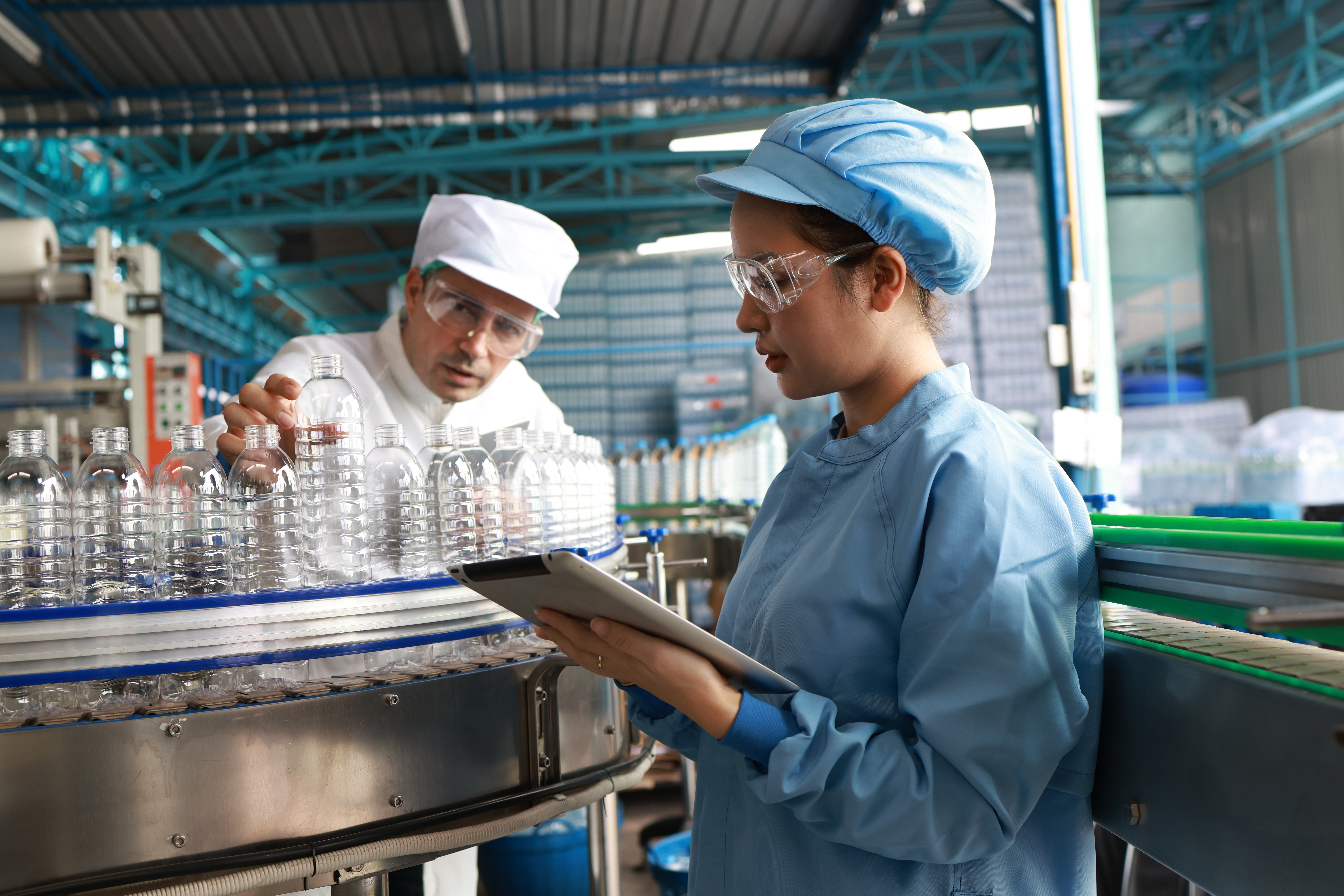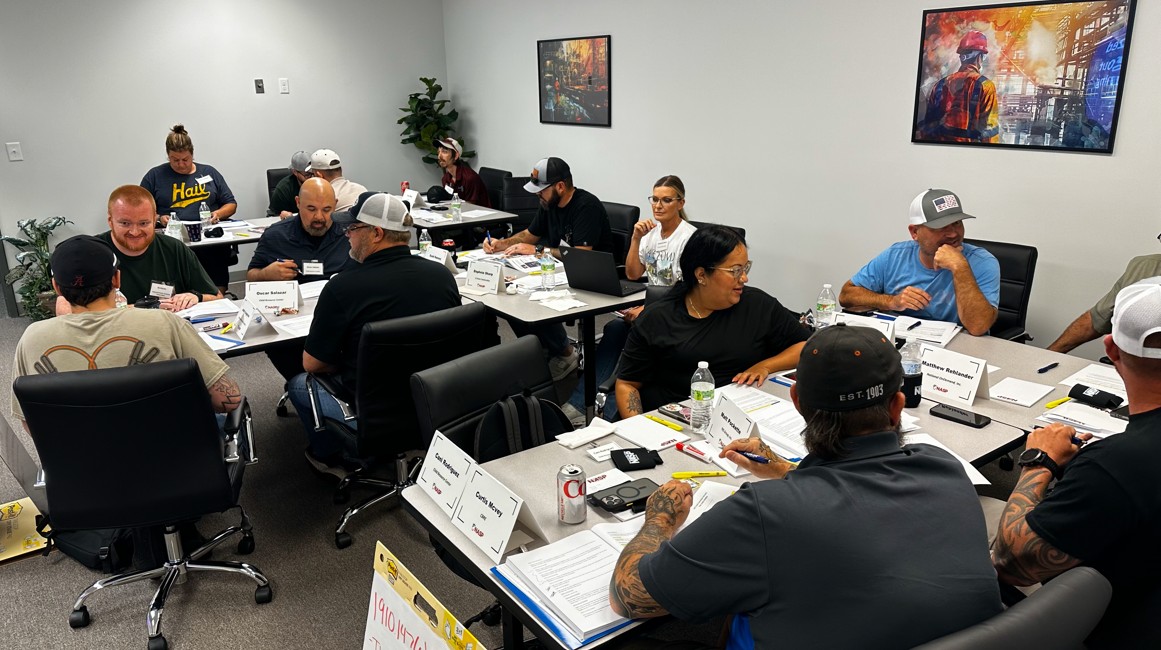Disaster at Plastics Plant: Could it have been avoided?
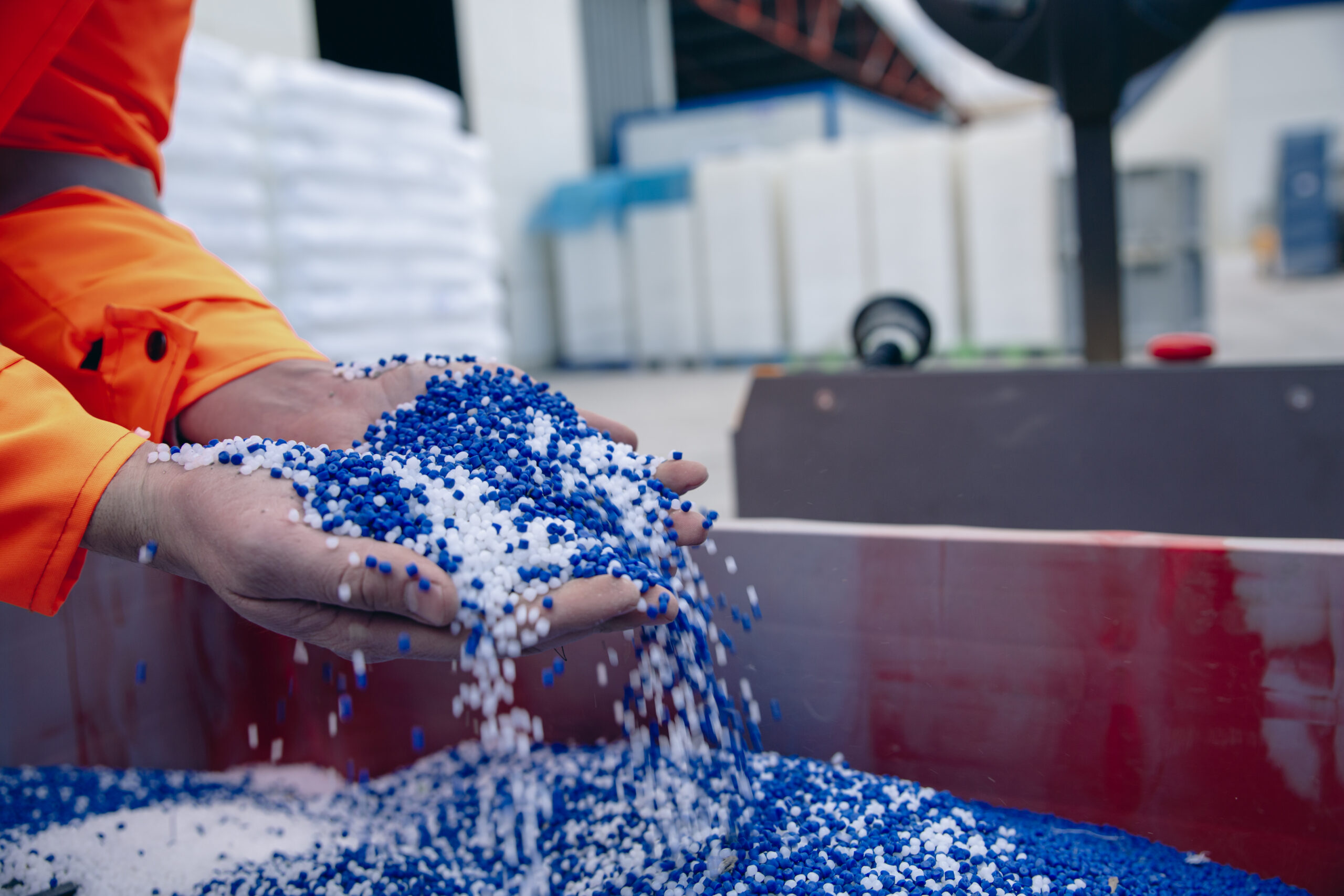
In today’s fast-paced business world, understanding the difference between priorities and values is essential, especially when it comes to safety and productivity. Too often, these two goals are seen as opposing forces, but that view is both outdated and dangerous. Safety is not a “Priority,” it’s a value. It’s about protecting employees while ensuring the long-term success of the business. As the tragedy at Impact Plastics highlights, neglecting safety can have devastating consequences—not just for workers, but for the company as well.
The False Dichotomy of Safety vs. Production
Many organizations mistakenly believe that focusing on production at the expense of safety will drive faster results. However, the reality is quite the opposite. A single safety incident can halt operations entirely and bring unexpected costs that far outweigh any short-term gains. The tragic flooding at Impact Plastics is a sobering example of this. As floodwaters rose, management reportedly delayed sending workers home until it was nearly too late, resulting in the loss of several lives. While the company denied forcing employees to stay, the ongoing investigations suggest that the decision to prioritize production, even for a brief period, had catastrophic consequences.
Beyond the heartbreaking human toll, safety failures like this can lead to a cascade of financial repercussions: emergency response costs, regulatory fines, and lost productivity. Perhaps even more damaging is the impact on a company’s reputation and employee morale. It’s difficult to recover trust after workers or their families have suffered a preventable tragedy.
Better Values for Long-term Gains
While valuing safety should be a key goal of your organization, it doesn’t mean ignoring productivity. Companies need to find the right balance, embracing the concept of “safe production.” When safety is integrated into daily operations, buisnesses can thrive. Cutting corners on safety for the sake of faster production is like building a house on a shaky foundation—it might stand for a while, but eventually, it will collapse. At Impact Plastics, the decision to continue operations during a severe weather event tragically revealed what can happen when safety is treated as a secondary concern.
Aiming for absolute safety at the expense of efficiency is also unsustainable, as businesses need to manage inherent risks while keeping operations running smoothly. However, the goal should always be to minimize those risks and never place workers in harm’s way to meet production targets. As seen in the Impact Plastics case, even a brief delay in making safety the top priority can have irreversible consequences.
Leadership’s Role in Safe Production
Leaders play a critical role in aligning safety with productivity. When they take an active stance in promoting “safe production,” they send a clear message that safety is part of the company’s strategy, not an obstacle to it. This requires more than lip service; it demands clear communication, accountability, and the breaking down of silos between safety and production teams. At Impact Plastics, workers may have felt torn between the need to stay productive and their personal safety, a situation that no employee should ever face.
The key to preventing these situations lies in having a cohesive strategy where safety is not sidelined. Companies must communicate these strategies effectively to their employees, ensuring that when a crisis occurs, there is no confusion over whether safety or production comes first.
A Lesson from Impact Plastics
The tragic flooding incident at Impact Plastics is a stark reminder of what can happen when a company doesn’t approach safety as a value. Allegations that workers were not given enough time to evacuate or felt pressured to remain at the plant reflect a failure to put safety first when it mattered most. Although the company’s internal review disputes these claims, the loss of life and the ongoing investigations speak to a larger truth: production should never come at the cost of human lives.
Could this tragedy have been avoided? We may never have a definitive answer, but what is clear is that safety and productivity are not opposing forces; they are mutually dependent. When safety is compromised, production will inevitably suffer, as the long-term costs far exceed any short-term gains.
The incident at Impact Plastics demonstrates the cost of neglecting safety is too high for any company to bear. Organizations that value “safe production” protect their workers, safeguard their reputation, and ensure their long-term success. By making safety an integral part of business strategy, companies can achieve both their productivity goals and the well-being of their employees.
Related Posts


